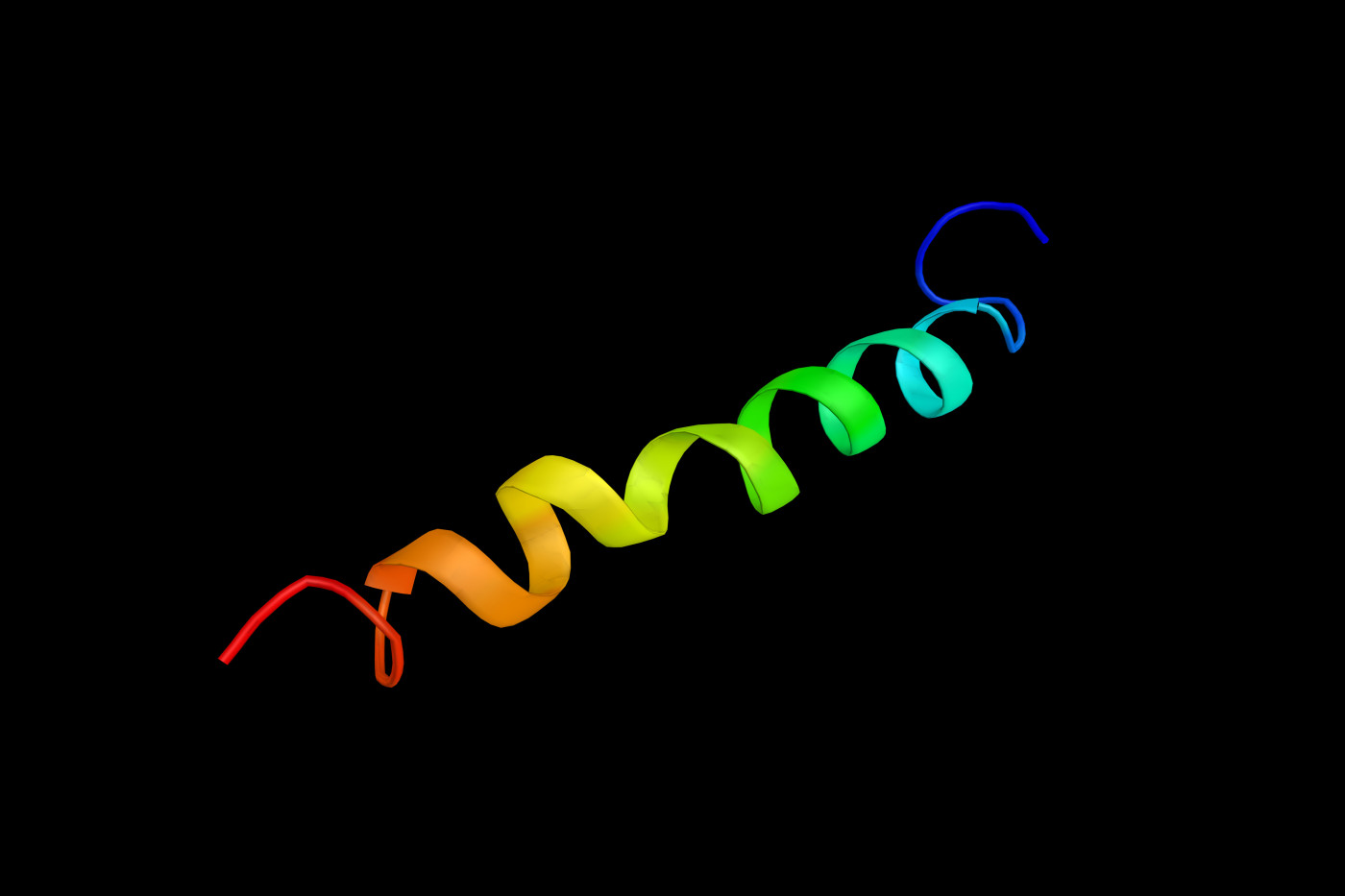NIH Grant Supports Work Into Cause of TDP-43 Protein Clumps in ALS, Alzheimer’s

The National Institutes of Health (NIH) has awarded a $3.3 million grant to researchers at two universities to advance studies of TDP-43, a protein that builds to form toxic clumps in people with amyotrophic lateral sclerosis (ALS) and Alzheimer’s disease.
Their goal is to better understand how mutations in the gene coding for TDP-43, called TARDBP, lead to its malfunctioning in patients. Findings could help guide the development of treatments that correct these aberrations and the protein’s toxic buildup.
TDP-43 is an essential protein that, under normal circumstances, binds to RNA and regulates how it is processed inside cells. But in people with neurodegenerative diseases, including ALS and Alzheimer’s, TDP-43 forms protein clumps in nerve cells that contribute to these diseases.
Prior research by Jeetain Mittal at Lehigh University and Nicolas Fawzi at Brown University showed that mutations in this gene can affect protein distribution and function inside cells. The investigators will now use the NIH grant to determine how specific mutations affect TDP-43 structure and assembly.
“Our previous research is only the tip of the iceberg,” Mittal, a structural biologist at Lehigh University and a primary investigator of the study, said in a university news release. “The next step is to take a look at the actual mutations associated with ALS and Alzheimer’s and get to the bottom of how they affect the assembly of TDP-43 to give us a better understanding of what causes their malfunction. Then, we can support researchers developing new therapeutic strategies.”
Structural biology is a field concerned with determining the exact atomic structure of complex molecules such as proteins. By studying the structure of normal and mutant forms of TDP-43, researchers may better understand how it contributes to neurodegenerative disease.
The structure of TDP-43 has two parts: one is made of tightly packed folded regions; the other is considered an intrinsically disordered region, because it does not have a defined structure.
This disordered region of TDP-43 facilitates the creation of membrane-less organelles — organized structures inside a cell without rigidly defined walls. They are analogous to droplets within a liquid.
Membrane-less organelles have only been the subject of research for the past decade or so, as they run contrary to the belief that cellular structures require compartmentalization in order to function. But scientists have found that these structures can form through a process called liquid-liquid phase separation, which is when two liquids separate from one another.
“The expectation was that the information within cells and the functions that take place inside of them was highly compartmentalized,” Mittal said. “But in the past 10 or 12 years, researchers have shown that cells do not require walls or membranes to make compartments.”
The two scientists believe that mutations affecting TDP-43 can cause these liquid droplets to harden, turning them into the more solid structures, or protein aggregates, that have been found to accumulate in the brain.
“With liquid-liquid phase separation, you have a well-mixed solution of biomolecules, proteins, RNA, and so forth that suddenly coalesce in these very dense, liquid-like droplets,” Mittal said. “But if something goes wrong, and they don’t form properly, these granules become more solid-like and prone to aggregation.”
Mittal’s lab will run computer simulations to provide detailed information on how mutations influence TDP-43’s assembly in these liquid granules. Fawzi’s team will conduct experiments needed to confirm these computer analyses, providing critical information on individual mutations.
This work could ultimately lead to studies of how the TDP-43 protein interacts with potential therapies targeting the protein’s buildup in ALS and Alzheimer’s patients.
“We’re trying to gain a better understanding so we can target our approach and guide experiments in a predictive manner,” Mittal said.






